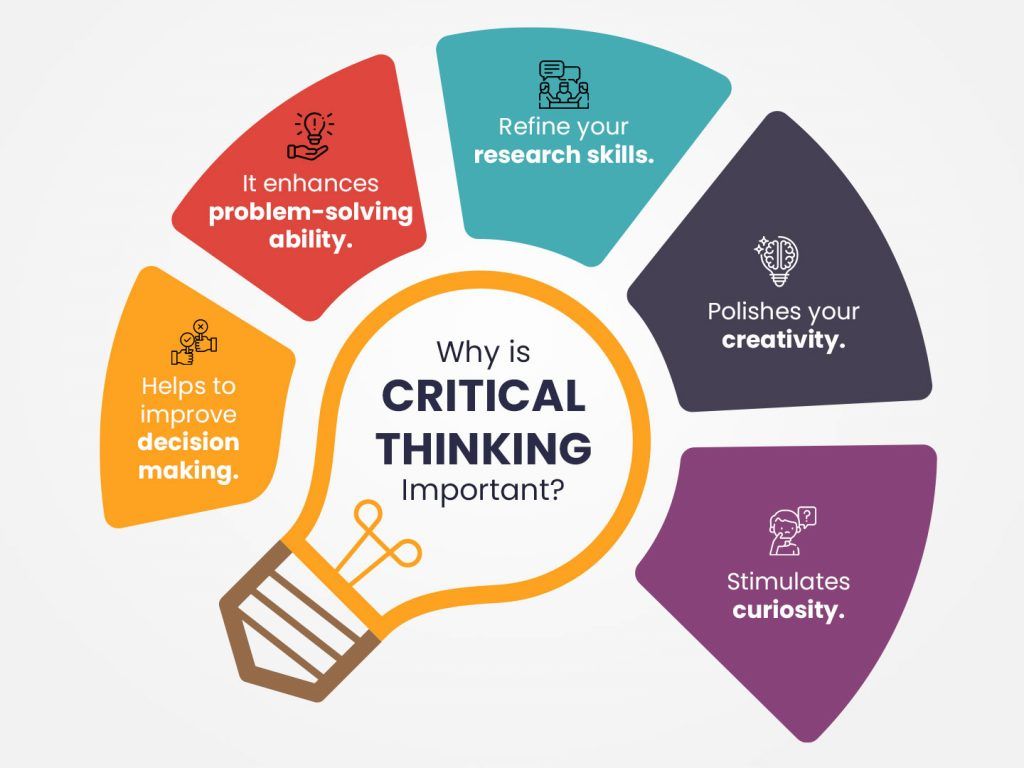
Addressing the Gender Gap in STEM Fields
In recent years, there has been a growing emphasis on the need to address the gender gap in STEM (science, technology, engineering, and mathematics) fields. Despite progress being made in terms of gender equality in many other areas, women continue to be significantly underrepresented in STEM professions. This lack of gender diversity not only limits opportunities for women in these fields but also hinders innovation and progress in the tech industry as a whole.
The Importance of Diversity in STEM
Diversity in STEM fields is crucial for several reasons. Firstly, having a variety of perspectives and experiences within a team can lead to more innovative solutions and ideas. Research has shown that diverse teams are more effective at problem-solving and are more likely to come up with creative solutions. By excluding women from STEM fields, we are missing out on a significant pool of talent and hindering the progress of scientific discovery and technological advancement.
Secondly, diversity in STEM fields is important for promoting equality and reducing discrimination. Women and girls are often discouraged from pursuing careers in STEM due to societal norms and stereotypes. By actively working to address this gender gap, we can create a more inclusive and welcoming environment for all individuals interested in pursuing a career in tech.
Challenges Faced by Women in STEM
There are several factors that contribute to the gender gap in STEM fields. One major issue is the lack of representation and role models for women in these industries. Without visible female leaders and mentors, it can be difficult for young girls to envision themselves pursuing a career in STEM. Additionally, unconscious bias and discrimination can create barriers for women in male-dominated fields, making it challenging for them to advance and succeed in their careers.
Workplace culture and practices can also play a significant role in perpetuating the gender gap in tech. Research has shown that women are less likely to receive promotions and equal pay compared to their male counterparts in STEM fields. Additionally, many women report experiencing feelings of isolation and imposter syndrome in predominantly male environments, which can undermine their confidence and performance.
Strategies for Addressing the Gender Gap
There are several strategies that can be implemented to address the gender gap in STEM fields and promote gender equality in tech. One key approach is to increase the visibility of female role models and mentors in STEM. By showcasing the achievements and successes of women in tech, we can inspire and empower the next generation of female scientists and engineers.
Reducing unconscious bias and discrimination in the workplace is also crucial for creating a more inclusive environment for women in STEM. Instituting diversity training programs and implementing policies that promote equality and fairness can help to address these issues and create a more supportive workplace culture for all employees.
Finally, initiatives that focus on increasing access to education and resources for women in STEM can help to level the playing field and provide more opportunities for female professionals in the tech industry. By providing scholarships, mentorship programs, and career development opportunities for women, we can empower them to succeed in STEM fields and bridge the gender gap.
Conclusion
Addressing the gender gap in STEM fields is crucial for promoting diversity, innovation, and equality in the tech industry. By taking proactive steps to increase representation, reduce discrimination, and provide support and resources for women in STEM, we can create a more inclusive and welcoming environment for all individuals interested in pursuing a career in tech. It is essential that we continue to work towards gender equality in STEM fields to ensure that we are harnessing the full potential of our collective talent and driving forward progress and innovation in the tech industry.



